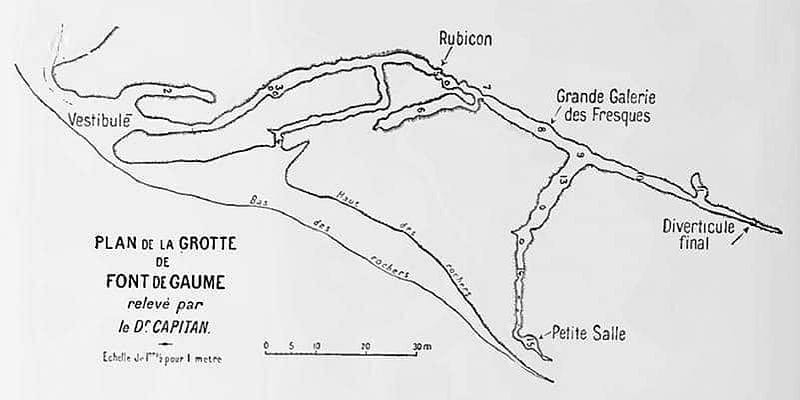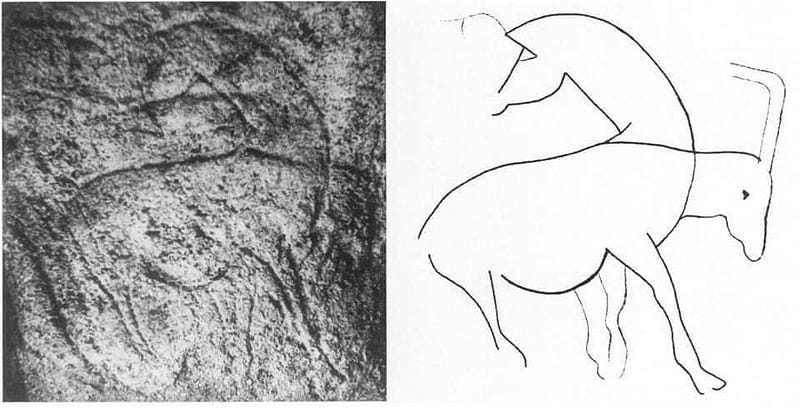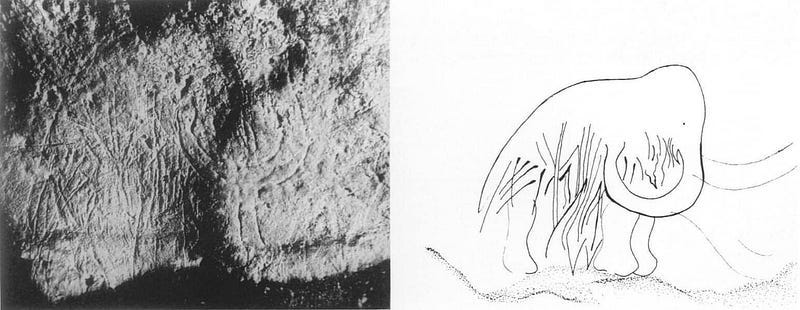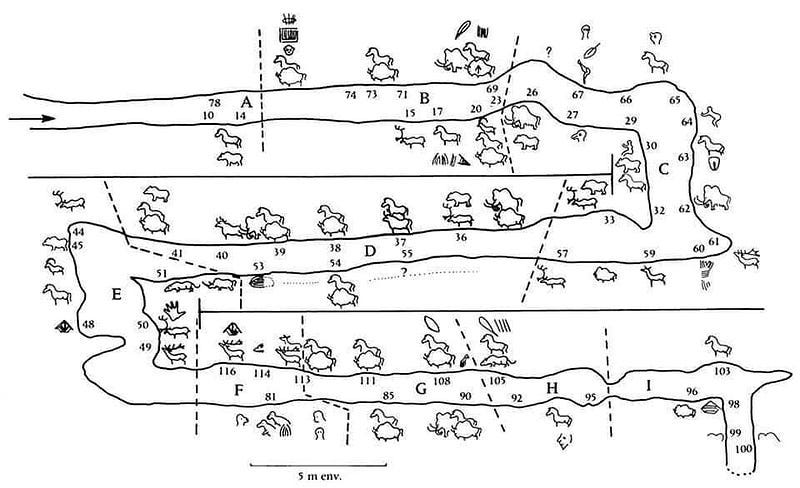#rethink #history
Could it be that the most amazing feature of our ancestors’ subterranean art has been obscured by the light sources we bring to view it?
From Zoetropes and Moving Pictures, all the way to Modern Cinema, the roots of animation and film find unbelievable parallels in the curious art etched and burned into the rock walls deep within caves!
When we illuminate deep cave drawings with Fire, an entirely different dimension emerges.
It was 1993. Fordham University professor Edward Wachtel set off into the thick forests of southern France on an adventure that would alter our view of our ancestors. He was almost certain that the caves of Grotte de la Mouthe held an amazing secret.
The heat and humidity bore down on him relentlessly in the forests of his journey’s outset.
Already exhausted but advancing to his destination, Edward happened on the farm he was searching for. He knew that it would not be a good idea to venture alone and obtaining help from locals who were familiar was vital, so he had arranged in advance to get assistance.
His guide was a local farmer who only packed a lantern, some food, and a few climbing supplies. The journey would be long, but because of the terrain of the cave, they needed to pack light and not bring too much excess weight.

The cave’s entrance neared and Edward paused, holding his breath between nervousness and eagerness.
There it was, a yawning chasm hidden just behind the canopy.
They slowly made their way carefully into the earth’s interior, surrounded by a thickening blackness that amplified every heartbeat; the silence giving their breath itself a medium to echo. The farmer fired up his old flame-bearing lantern as the descent finally took them to the last bend past the point where exterior light could penetrate. They continued on, having to scale rocky inclines and sometimes having to scale downward into depths that are going to require climbing skills to make it back out.
The first drawings were now in view. Edward immediately leaned on a nearby bulbous rock formation and put his bag in front of him and allowed his eyes to adjust and focus on the scattered flickering light that the farmers lamp cast on the drawings. His guide raised the lantern and approached the wall.
Wachtel was in awe.

The flickering light of the lamp animated the staggered artwork to create a breathtaking prehistoric slide show.
With the dance of his firelight, the cavern’s walls throbbed with life. Forms and shapes moved about and told stories.
The mammoth’s trunk was swinging from side to side instead of having three trunks. The confusing multi-headed ibex was now a single-headed ibex peering up to make sure everything was okay.
Edward came to the realization that he had entered an ancient domain where the age-old spirits of art and storytelling blended together perfectly.
We’ve all seen cave art - either in photos, books, magazines like Nat Geo, video documentaries, or perhaps up close in person if we visit some of the landmark caves where these drawings exist. In all existing photos - it goes without saying, we are viewing static images.
Photos can never do these ancestral masterpieces justice. Illuminated by lanterns or flashlights, we can only view simplistic “primitive” art. Radiant light is static, linear, and spreads throughout a space with a smooth gradient of variance. There aren’t a large number of videos and documentaries specifically about cave paintings, but those that do exist are mostly illuminated by the aforementioned light sources.
Strange features that have puzzled archaeologists and were long held to be the product of artistic license, defacing, or cultural stories and myths, can be seen in a completely different way when illuminated with fire.


When viewed this way, some cave drawings appear to be creating a type of storyboard of sorts, animating a scene as we carry the fire further into the cave.

This discovery solved an archaeological enigma.
Though many still use the archaic term “caveman” to describe our distant ancestors, there really is no evidence that our ancestors lived in the deepest recesses of caves. We have much evidence of caves used as shelters, hideouts, and ritual chambers.
They lived in the mouths of some caves, but the kind of evidence that would suggest long-term habitation is lacking.
So why are there so many of their drawings in the far reaches of caves, some not exactly easy to find, and somewhere the conditions are quite treacherous?
Why would they venture into the deeper recesses merely to draw?
An environment so dark that we cannot see our hands in front of us is the ideal environment for this kind of art and this seems to be what was intended by it’s creators.
This also explains why deep cave art is so different than the art we see on rock walls and other ancient dwellings and monuments.
The darkness provided by the deep caves exaggerates the effects of the light and shadow interplay to create a very immersive experience. These creative ancestors devised techniques to further amplify the effects using ideas not so different from the way we manipulated single frames when creating the first moving pictures at the dawn of cinema.
The deep caves would have been their “Omni” theater in comparison to other outdoor rock drawings illuminated by campfire or moonlight.
I don’t know about you, but this makes me look at “cavemen” in an entirely different way.
Thank you to Dilettantes! The thought-provoking material that inspired this Medium story - Sean Zabashi @dilettanterypod — Check out the Spotify podcast here.
Until next time….
Onward and Upward Everybody!
-Chris
Automated Income Lifesyle w/ C.W. Morton
I'm just a regular guy who automates everything I possibly can. ⭐ SUPPORT THIS CHANNEL…www.youtube.com
#archaeology #caveart #fascinating #amazing #rethink #history





